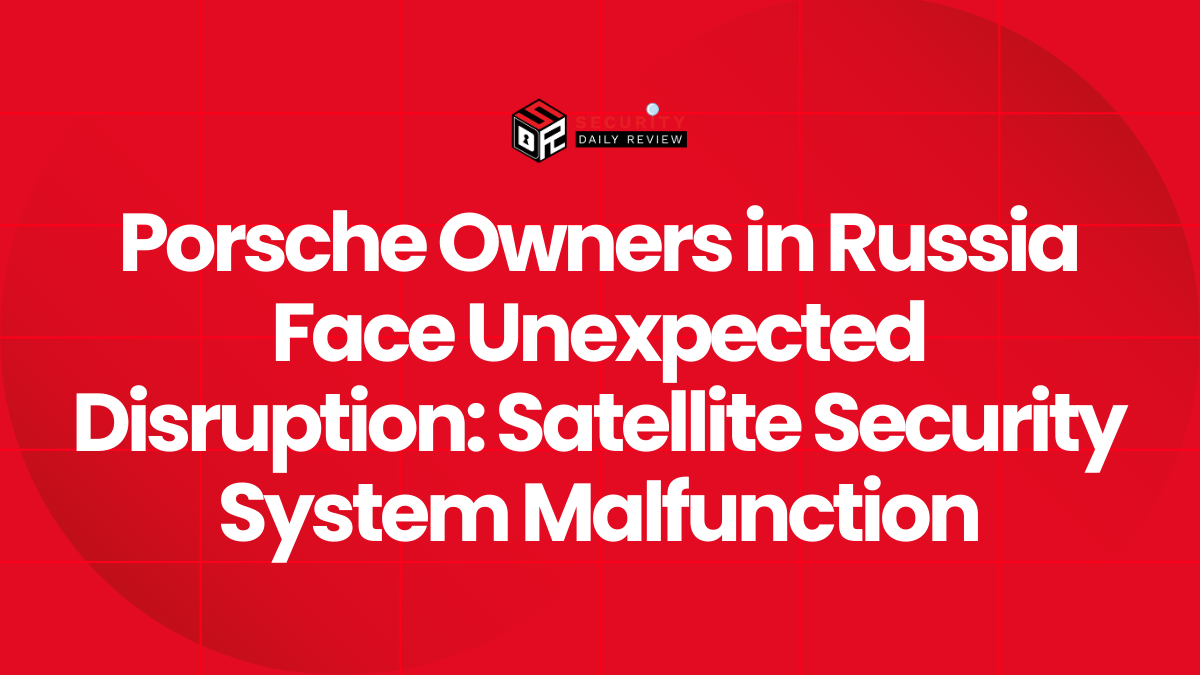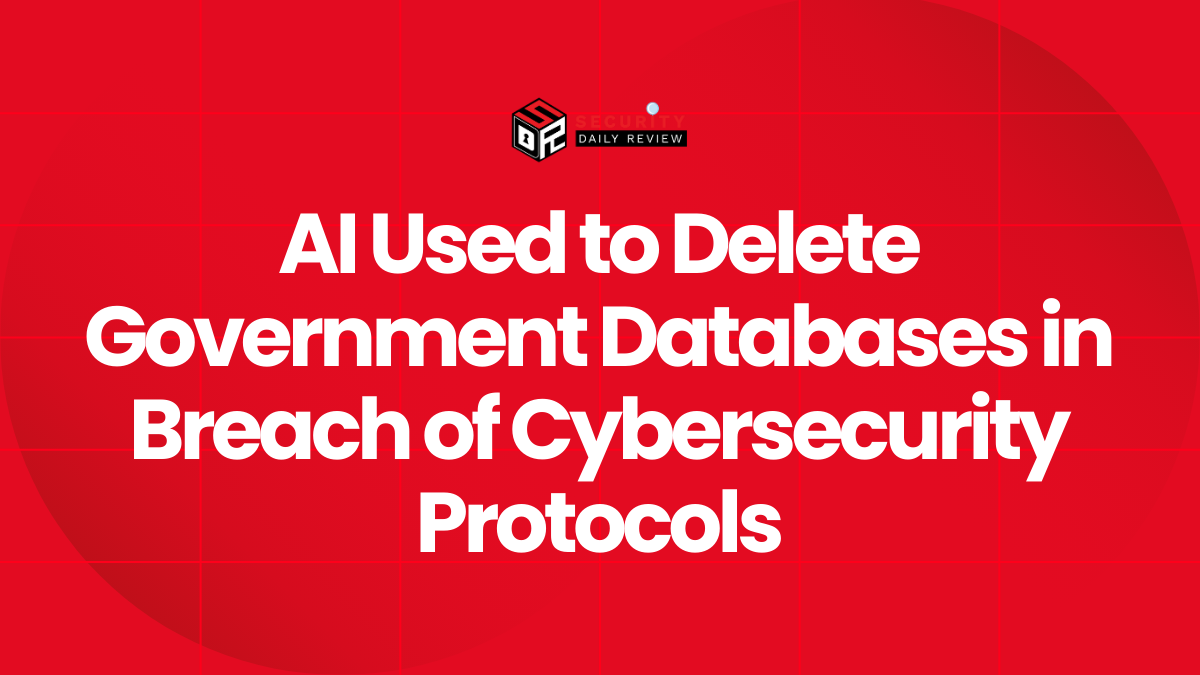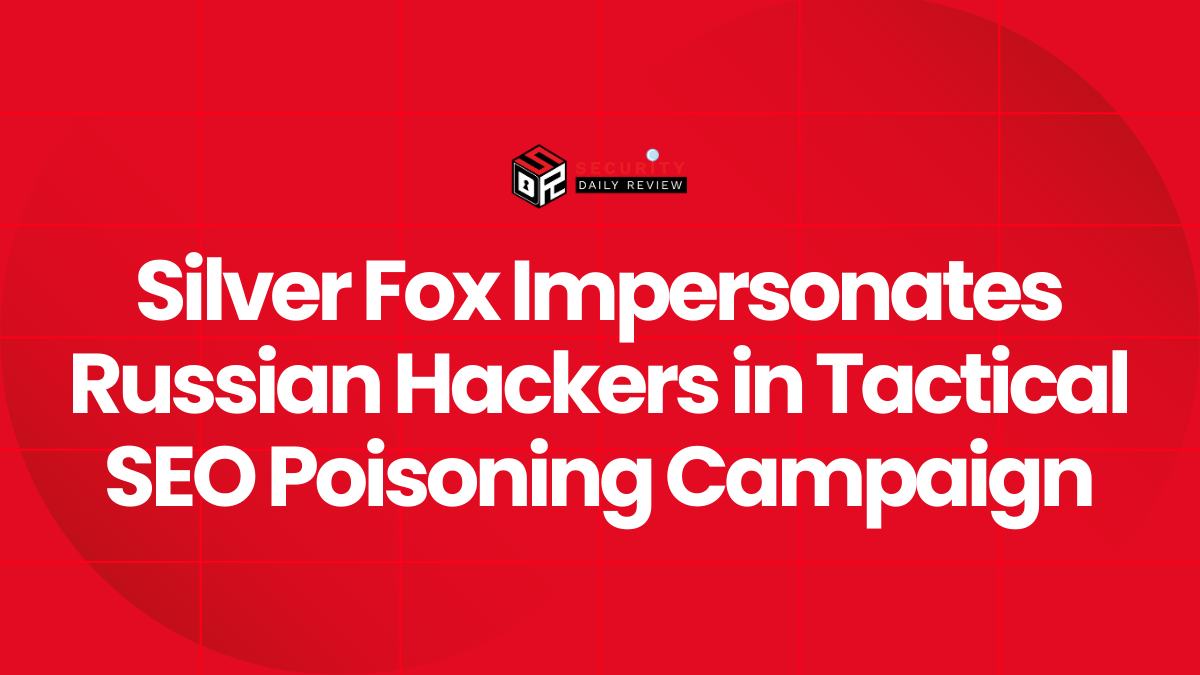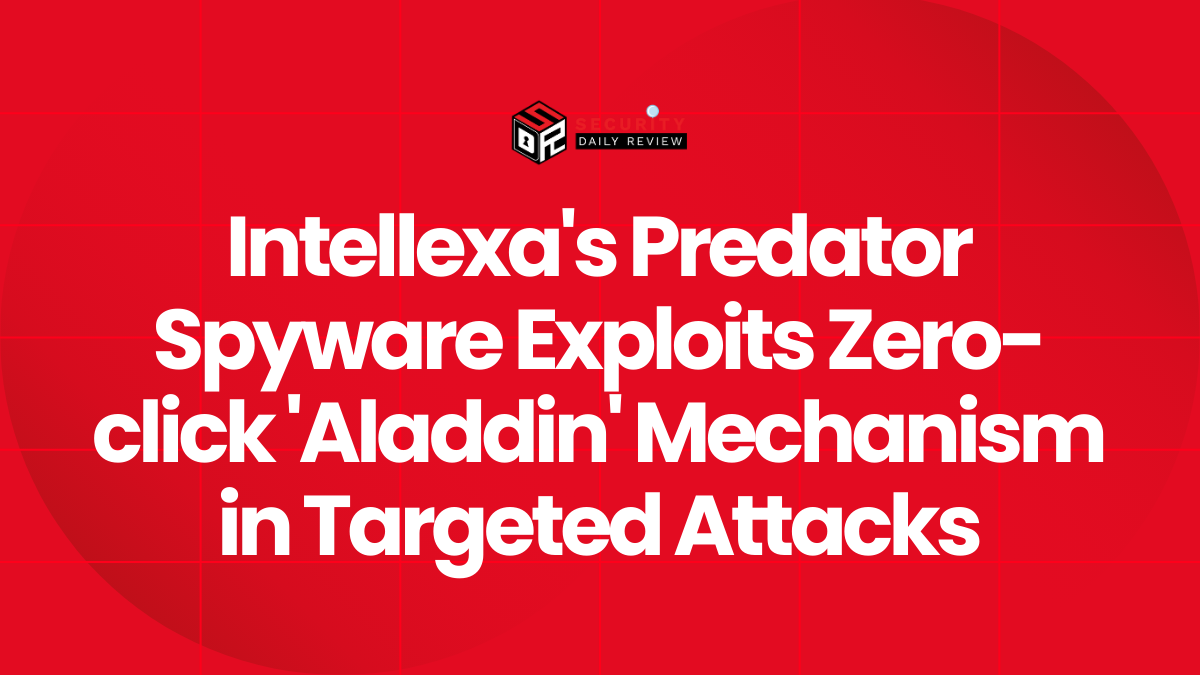SentinelOne has deepened its collaboration with Mimecast to link its Singularity® endpoint telemetry with Mimecast’s Human Risk Management platform. The move brings together AI-driven endpoint detection and behavioral science tools to create a people-focused cybersecurity approach aimed at reducing human-caused risk across enterprise environments.
The partnership builds on an existing relationship and adds a tighter, real-time integration. SentinelOne provides high-fidelity endpoint signals. Mimecast supplies behavioral scores and email threat context. Together the platforms aim to correlate device and user behavior so security teams can focus on the small number of employees most likely to cause incidents.
Strategic Rationale: From Reactive Defense to Proactive Human Risk Management
SentinelOne and Mimecast present the integration as a shift from incident response toward risk prevention. The joint approach highlights two industry challenges:
- Alert fatigue from high-volume telemetry.
- The limits of one-size-fits-all security training.
Mimecast’s research, cited by both partners, indicates that a small share of employees are responsible for the majority of risky behavior. The integration intends to surface those users quickly by joining endpoint events, email telemetry and historical behavior profiles.
Gartner projections referenced by the partners suggest rapid adoption of human-centric strategies. The vendors say the combined system allows organizations to apply targeted measures—such as adaptive policies and behavioral nudges—rather than blanket controls.
How the Integration Works: Singularity and Mimecast HRM in Practice
The technical linkage pairs SentinelOne’s Singularity platform with Mimecast’s Human Risk Management (HRM) platform to create a closed-loop signal flow. In practice, that flow follows a simple path:
- SentinelOne detects a suspicious endpoint event.
- Mimecast evaluates the user’s HRM score and email history.
- The combined context drives an automated or analyst-led response.
Use cases described by the companies include faster prioritization of phishing detections, contextual risk scoring before access decisions, and delivering personalized remediation steps to at-risk staff. The integration also feeds Mimecast’s behavioral data into SentinelOne’s SIEM-like correlation engine, enriching detections with email and user context.
On the technical side, the partners emphasize real-time telemetry exchange and preservation of audit trails to support compliance and incident investigation.
Business and Market Positioning: New Revenue Pathways
SentinelOne positions the expanded partnership as a way to broaden its product footprint. The company can now market Singularity to Mimecast’s installed base—Mimecast reports more than 42,000 customers—while Mimecast benefits from endpoint signals that strengthen its HRM analytics.
The integration is framed as opening several business opportunities:
- Cross-selling to enterprise email customers that lack endpoint telemetry.
- Ongoing revenue from behavior-driven policy services and nudges.
- Differentiation against endpoint rivals by adding human risk context.
Vendors note the wider cybersecurity market is expected to grow, and they cite demand for combined AI and human-focused solutions in regulated sectors such as finance, healthcare and government.
Recognition and Competitive Context
Mimecast was recognized as a Strategic Technology Partner at SentinelOne’s 2025 PartnerOne Awards across EMEA and North America. That award underlines the strategic priority both companies place on the integration.
Competitors are increasingly active in human-centric security. The partnership signals SentinelOne’s intent to combine endpoint AI with behavioral analytics as a point of differentiation from other endpoint vendors. At the same time, Microsoft, Google and others are expanding their own people-focused capabilities, creating a competitive landscape that emphasizes rapid customer adoption.
Adoption Considerations and Enterprise Impact
The companies describe expected benefits for security operations, but they also highlight factors that will affect adoption:
- Integration with existing identity and access systems for policy enforcement.
- Data privacy and compliance needs when combining behavioral and endpoint telemetry.
- The need for clear change management so targeted nudges are effective and auditable.
For enterprises that adopt the integration, the partners say the workflow reduces time spent chasing low-value alerts and allows security teams to direct resources where behavior and telemetry jointly indicate elevated risk.
A Step Toward Human-Centric Security Architectures
The extended SentinelOne–Mimecast integration focuses on people-focused cybersecurity by blending endpoint telemetry with behavioral insight. The effort seeks to move organizations from reactive incident handling to proactive risk reduction, using AI and behavioral science to identify and mitigate user-level threats.
For enterprise security teams, the integration brings a new model for prioritizing alerts and tailoring interventions. For investors and market watchers, the partnership signals a continued push toward solutions that treat human behavior as a measurable and manageable element of cyber risk.









